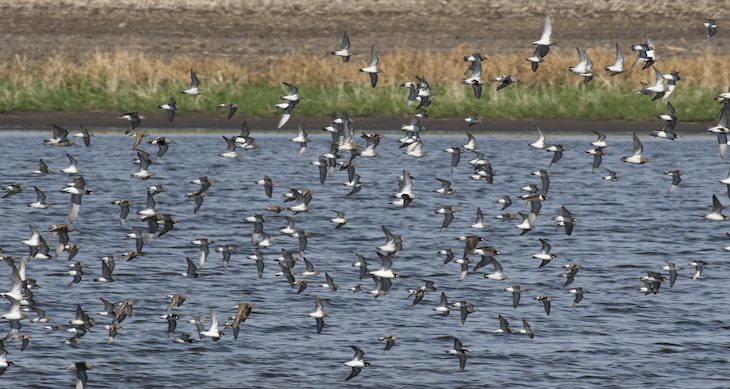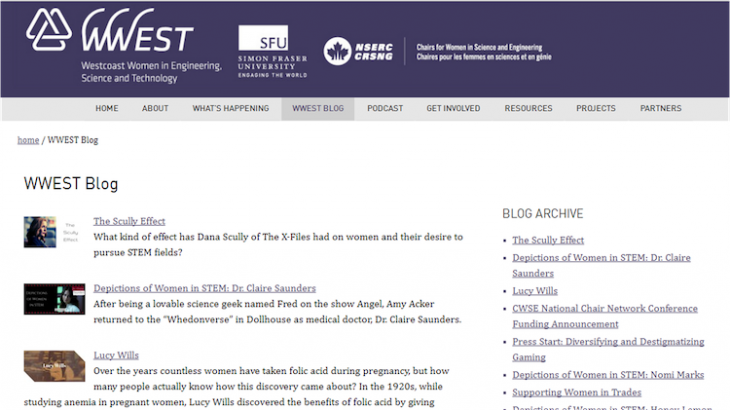
Catherine Dale, Borealis Blog editor and New Science Communicators Program Manager I can feel the rapid thrumming of the bluebird’s heart against my palm as I carefully manoeuvre its foot into position over a tiny Ziploc bag. I pick up my nail scissors and take a deep breath to steady my hand. I will only […]







